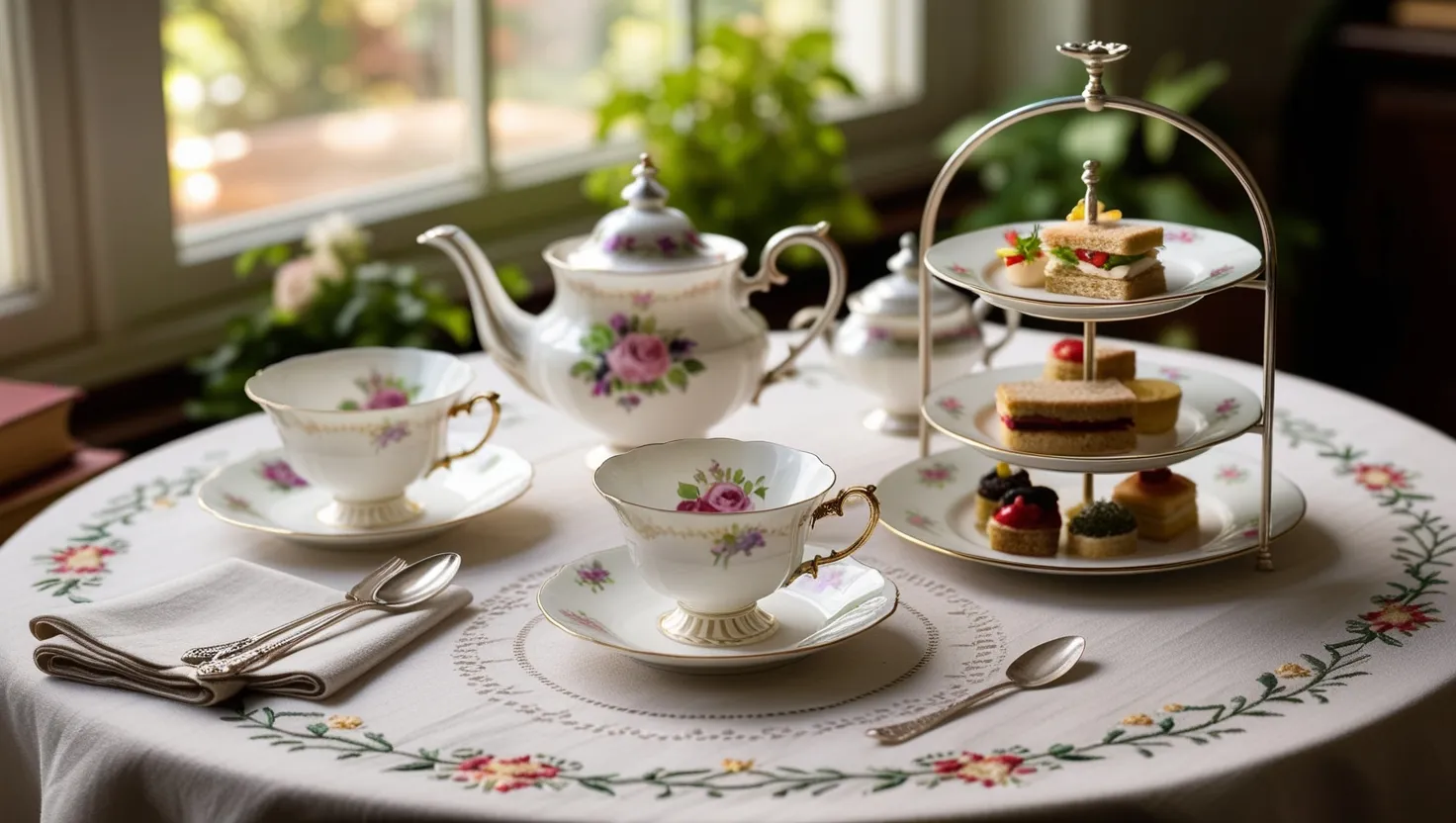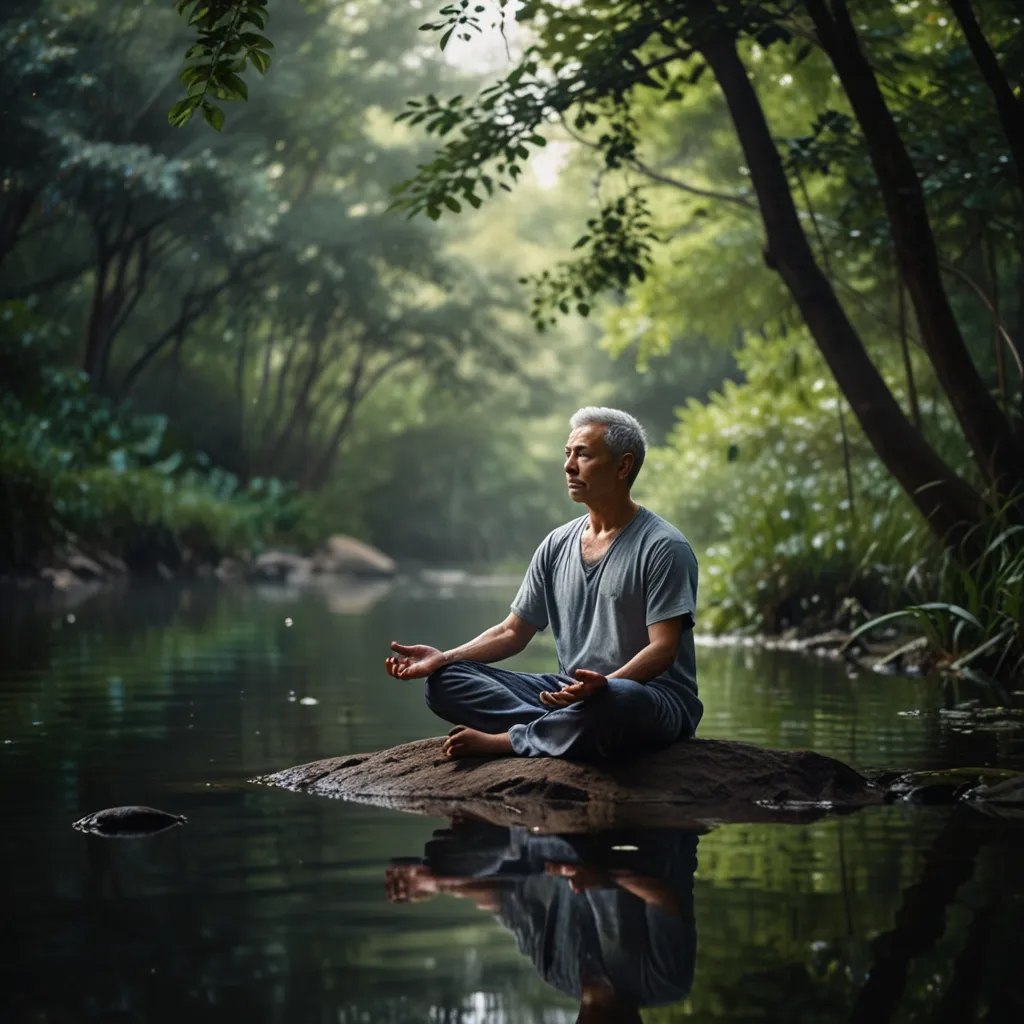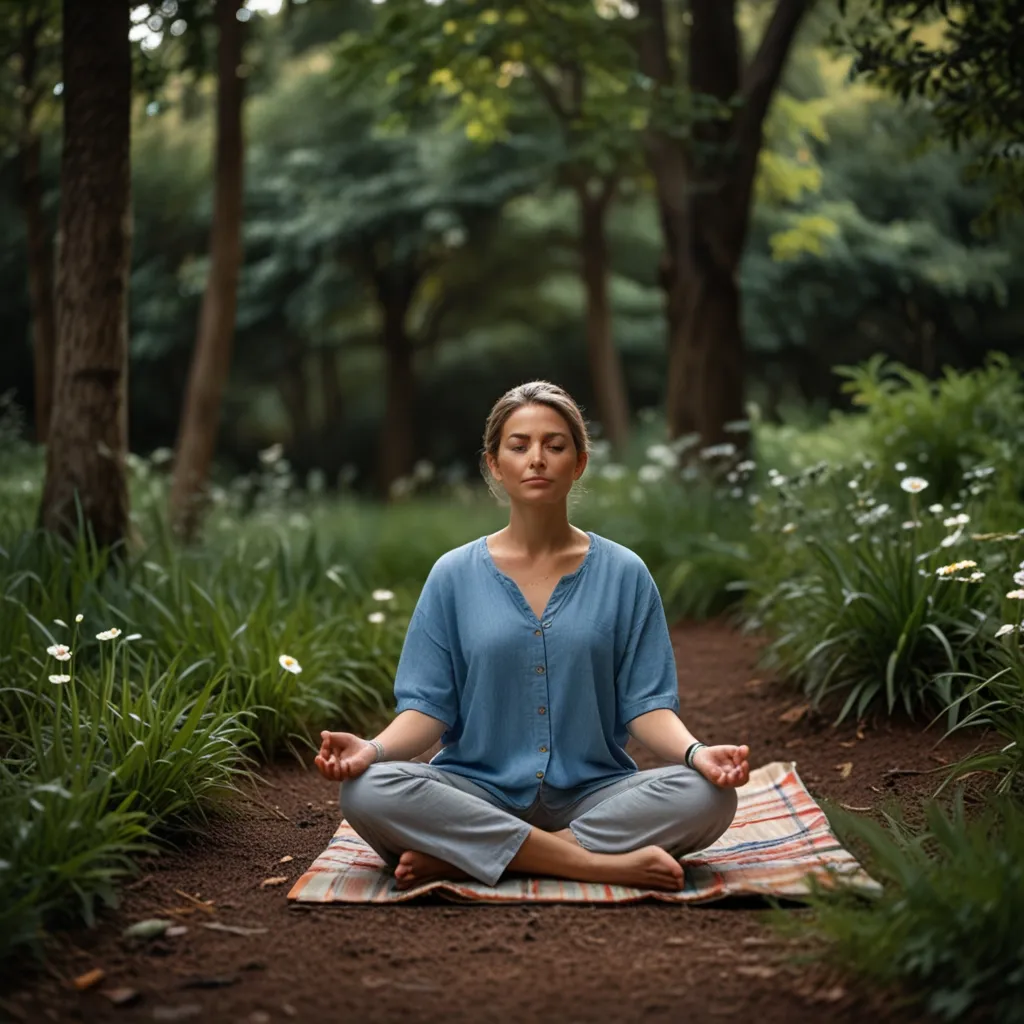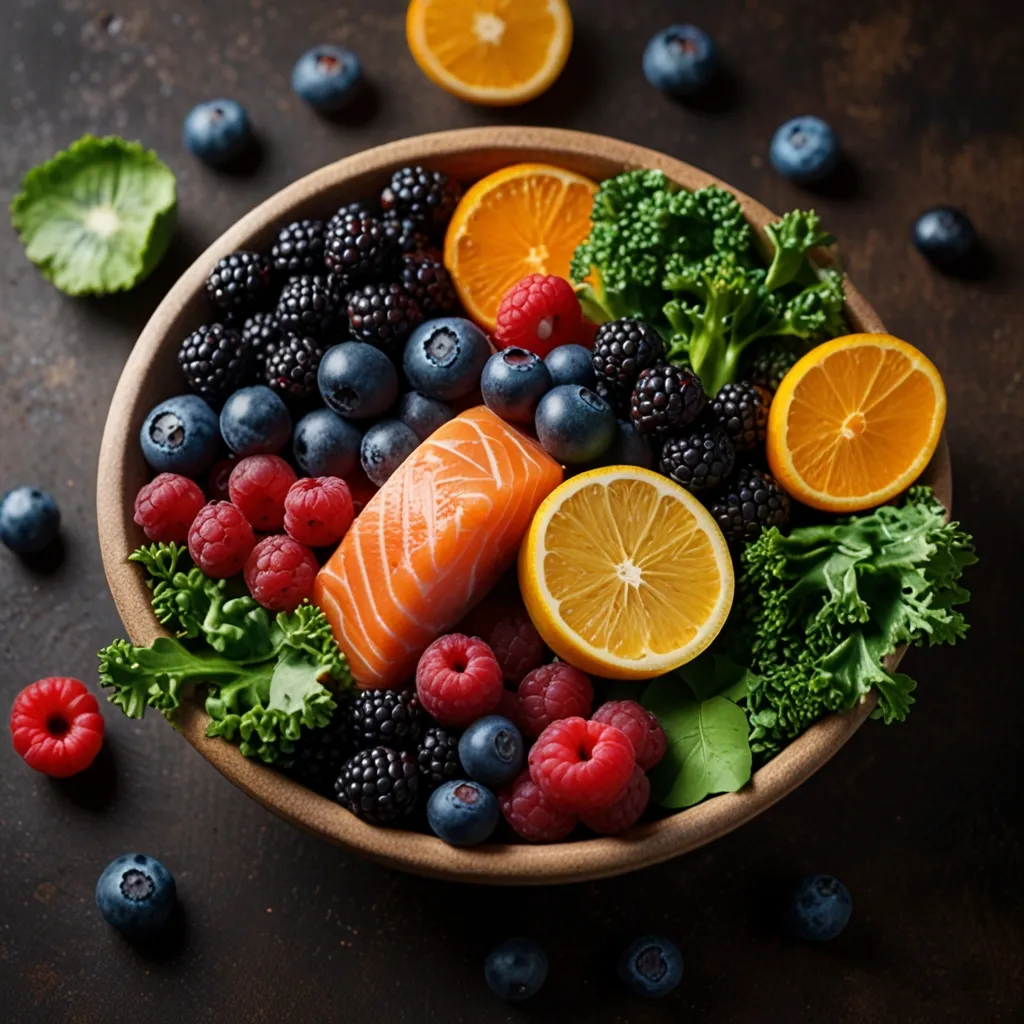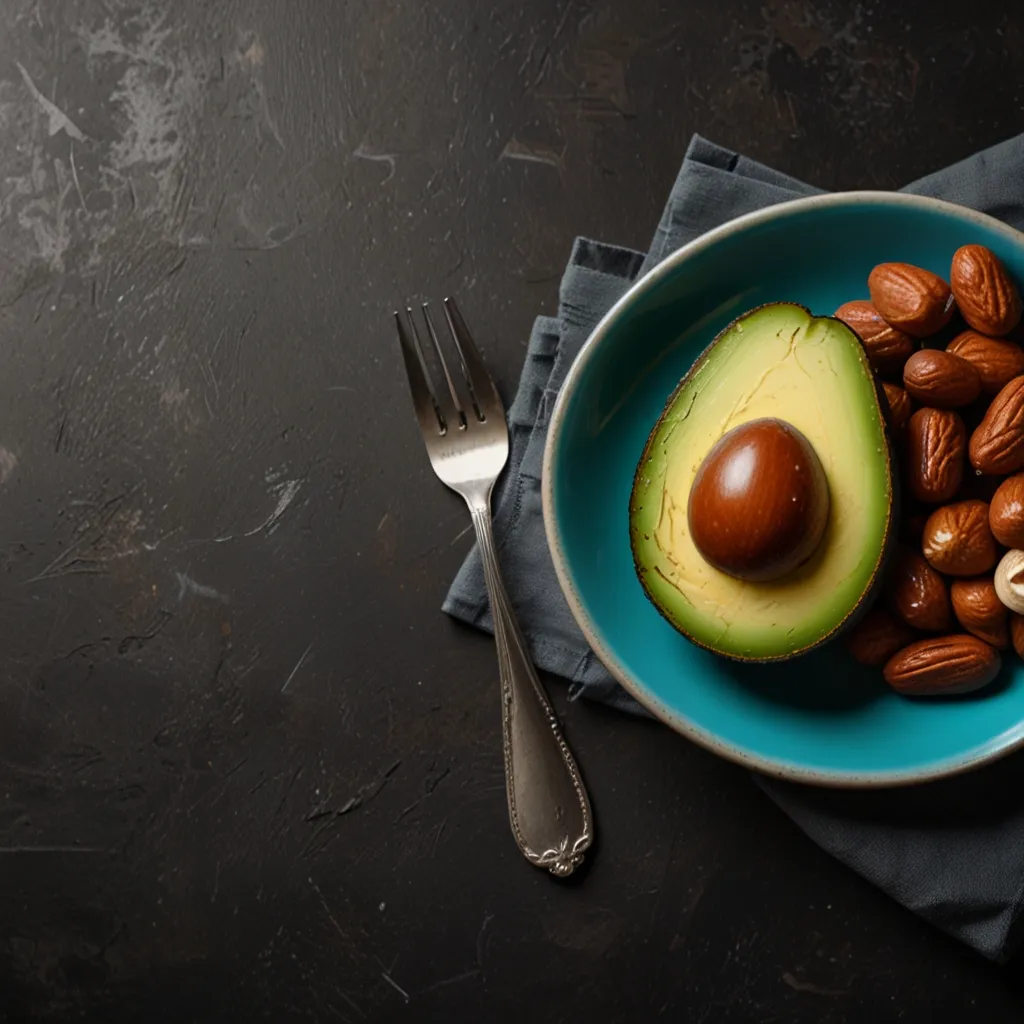Most people think of afternoon tea as a quaint custom, maybe something reserved for grandmothers or elegant hotels, but the truth is, the Victorians knew exactly what they were doing. Setting aside time for tea wasn’t about fuss or formalities—it was about recharging. Recast for today, these age-old rituals can transform the way we approach work, stress, and that dreaded mid-afternoon crash. If you’ve ever wondered why you’re so tired at 3PM, you’re not alone; the Victorians faced the same slump but turned it into an art form.
Let’s imagine the rhythm of a typical Victorian afternoon. At precisely four, clocks would chime and activity would slow. Offices, homes, even shops made space for a deliberate pause. It wasn’t laziness—it was an accepted productivity tool. Today, I challenge you to set your own ritual. When was the last time you set a timer, stood up, and truly stepped away from every screen and notification? Not to squeeze in another call or scroll through social feeds—but to do nothing at all except mentally—and physically—reset.
“Tea time is a chance to slow down, pull back and appreciate our surroundings.” – Letitia Baldrige
It’s so tempting to think of tea just as a drink, but for Victorians, the methodical nature of its preparation was the whole point. Making tea wasn’t rushed or thoughtless. The tea leaves were measured, water heated to precisely the right temperature, teapots warmed, cups chosen with care. It was, in many ways, mindfulness decades before anyone thought to market it as self-care. There’s power in giving attention to small details. I find that when I prepare tea slowly—measuring the leaves and noticing the aroma—I’m pulled into the present. Making a drink with intention offers a mini-vacation from multitasking.
Today, we’re conditioned to grab coffee on the run, drink from disposable cups, and rarely notice the taste. I wonder: How different would my afternoon feel if, just once, I brewed using a ceramic cup, crafted a pot with care, and sat somewhere quiet to enjoy it? Would something as humble as a teapot help me reset and focus? So often, the smallest rituals can have outsized effects.
“You can never get a cup of tea large enough or a book long enough to suit me.” – C.S. Lewis
Afternoon tea wasn’t just for sipping; it was also about eating with intention. The Victorians paired their tea with delicate snacks, not heavy meals. Dainty sandwiches, slender slices of cake, a few pieces of fruit—these were chosen to satisfy, not slow one down. There’s a lesson here for us, too. Instead of reaching for a sugary pick-me-up or a fast-food fix, why not pair your tea with something light that fuels your body? Dried fruit, almonds, even dark chocolate—all of these offer energy without the sugar crash. When the option is between feeling groggy at your desk and feeling subtly restored, the latter always wins.
If you close your eyes and picture a Victorian tea, you’ll see ornate china, embroidered napkins, and flower-laden tables. The space was as important as the drink. They knew atmosphere affects the mind; switching settings changes mood. Most of us work, eat, and rest in the same seat, barely noticing our surroundings. But what if you set aside even a small corner of your home or office for your “tea time”? Place a bright tablecloth by a window, or simply add a plant and a comfortable chair. It doesn’t take much—a shift in setting can gently signal your mind to pause. The act of creating a pleasant environment, even for twenty minutes, delivers a surprising lift.
“Wherever you are drinking your tea, whether at work, in a café or at home, it is wonderful to allow enough time to appreciate it.” – Thich Nhat Hanh
The most overlooked part of Victorian afternoon tea is how social it was. Contrary to the stereotype, it wasn’t always stuffy or restricted to women. In fact, men and women alike gathered for tea—sometimes in the elegant privacy of their parlors, sometimes in bustling clubs or cafés. The tea table became a stage for connection and, quietly, even for rebellion. Historians suggest that for women, especially, the tea ritual allowed freedom—time spent away from rigid public expectations, time to connect, debate, and even gossip.
Today, social pauses aren’t built into our workdays. Calls tend to be strictly business, and breaks are solitary or skipped. What would happen if I shared my ritual with a colleague or loved one? Maybe a “tea” check-in with a friend replaces an aimless scroll—or I call my grandmother, just to talk. Even short exchanges nurture bonds and provide true mental rest in a way email never could.
Have you ever wondered what you’d say to a colleague if you weren’t talking about deadlines or projects? What shared stories might surface during a relaxed chat over tea?
“Each cup of tea represents an imaginary voyage.” – Catherine Douzel
I find myself drawn to the nuanced etiquette Victorians followed. There were rules: how to stir, how to hold the cup, what to say—and what not to say. These may sound fussy, but rules provide a framework that helps the mind to switch gears. Ritual is comfort; it anchors us in sameness as life swirls around. In following even simple guidelines—like no multitasking during my tea break, keeping my phone far away—I set mental boundaries that can boost calm and focus.
Even beyond etiquette, the Victorians reveled in the artistry of their tea sets. Imported Chinese porcelain and silver spoons became objects of pride. In a world flooded with mass-produced items, there’s pleasure in choosing an object with meaning for this pause. Maybe it’s a favorite mug, a quirky coaster, or a cherished teapot. This attention to aesthetics, this small celebration of beauty, adds a touch of grace to the daily pause.
Is it possible to turn a routine break into an anchor for your day? I think so. The Victorian afternoon tea, when stripped down, is about creating space: mental, social, sensory. It’s a mechanism for shifting gears, designed to move the mind from exhaustion toward clarity.
The science is finally catching up with what Victorian hosts knew: brief, structured breaks foster better decisions, sharper thinking, and deeper relationships. Suddenly, stopping for tea isn’t an old-fashioned throwback; it’s a secret weapon for modern well-being.
“Drink your tea slowly and reverently, as if it is the axis on which the world earth revolves.” – Thich Nhat Hanh
So, tomorrow afternoon, when that familiar drag appears and I feel glued to my desk, I’ll try something old to solve something new. I’ll set an alarm, measure the leaves, create a pleasing corner, and connect—either with someone else or just with myself. I invite you to do the same. The ordinary can become extraordinary with just a little intention.
Could it be that by adopting a ritual from another era, we find exactly what our busy lives are missing? If finding work-life balance seems impossible, maybe all it takes is a simple cup of tea, sipped in quiet, deliberately chosen company.
One of life’s best pauses is waiting on your kitchen counter. All it takes to find it is twenty minutes, a teapot, and a willingness to rest.
